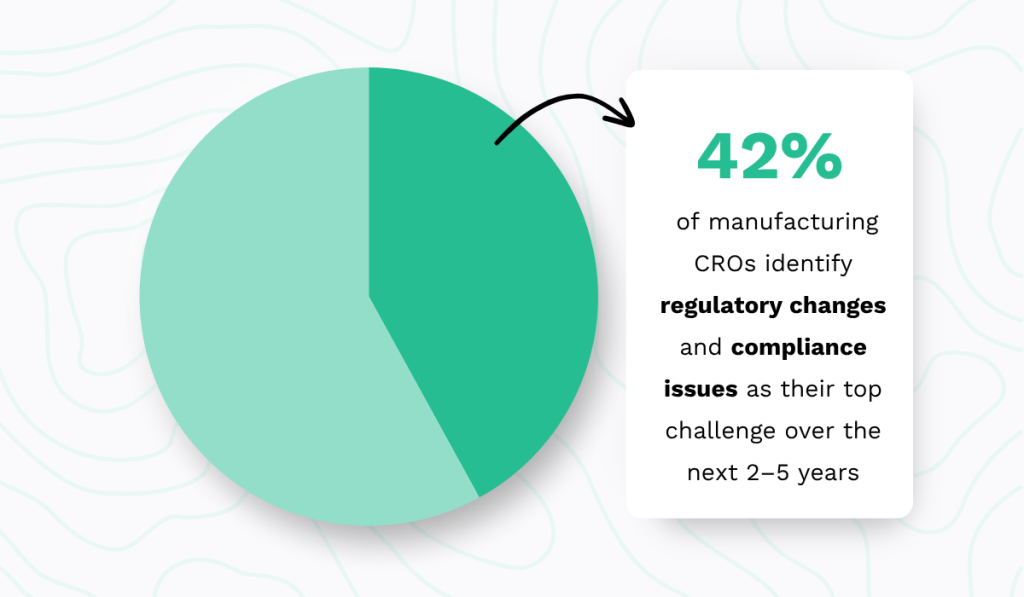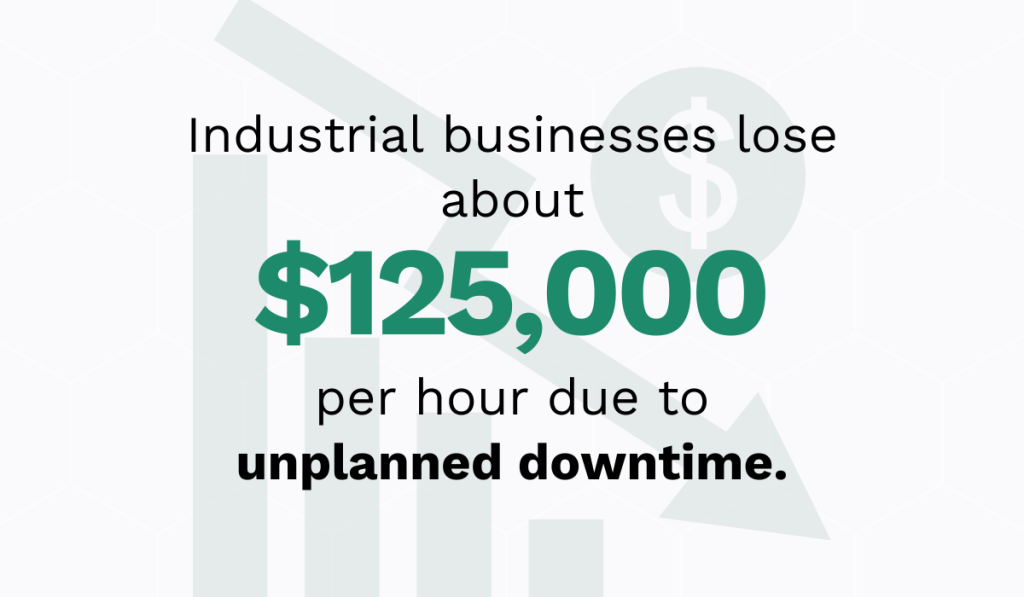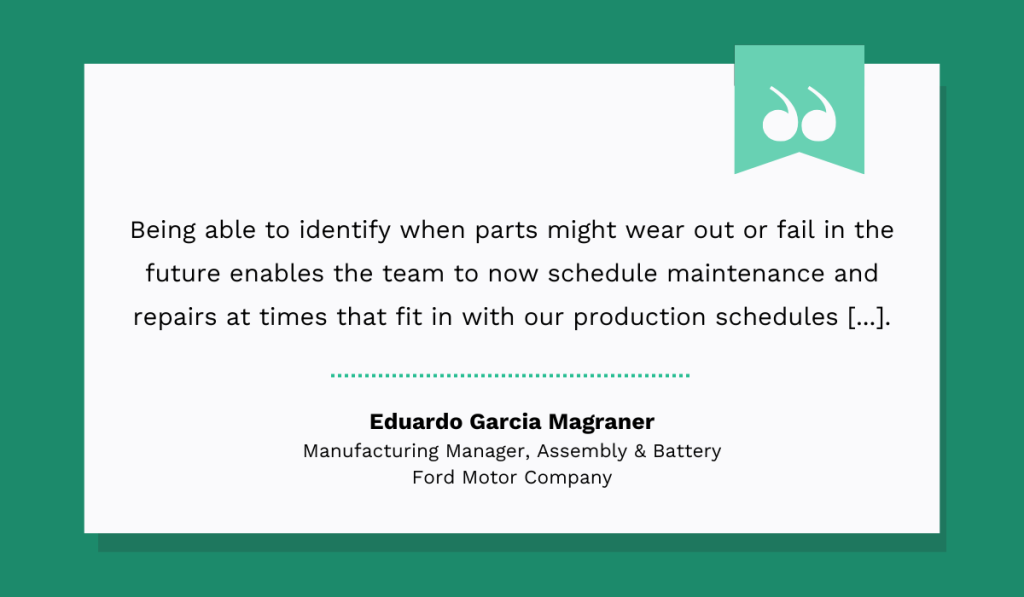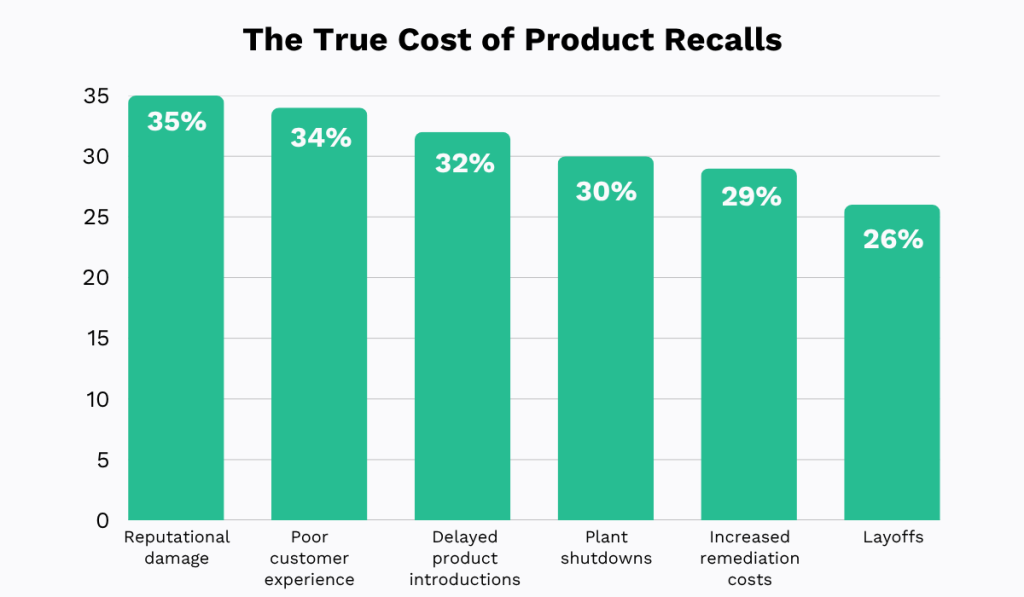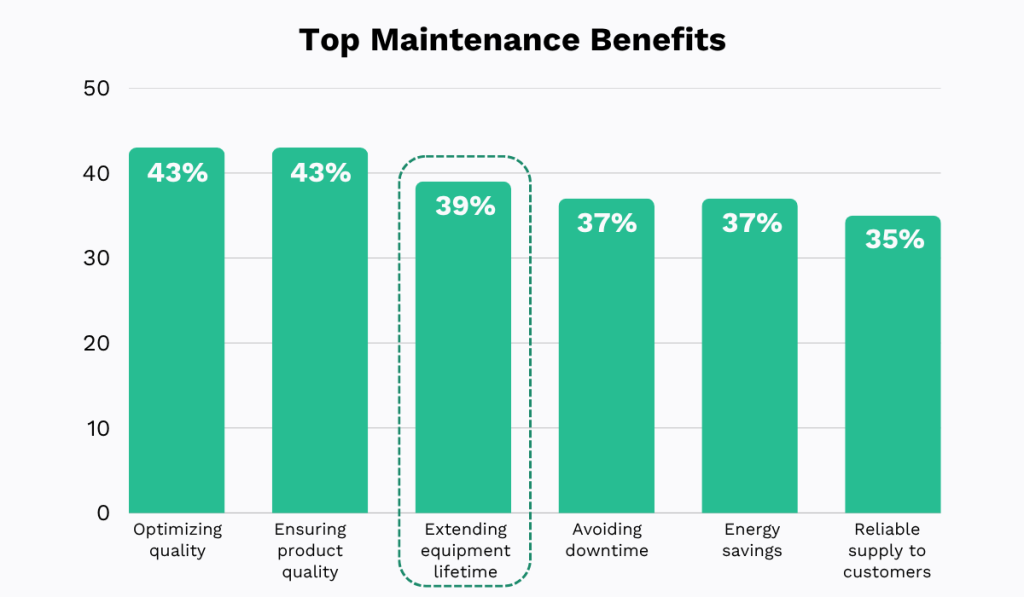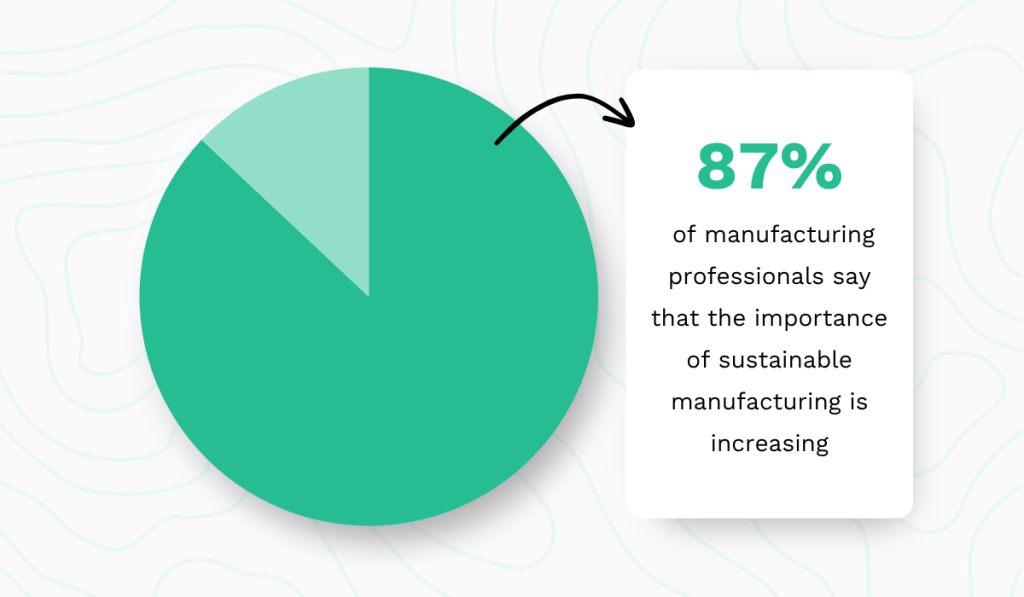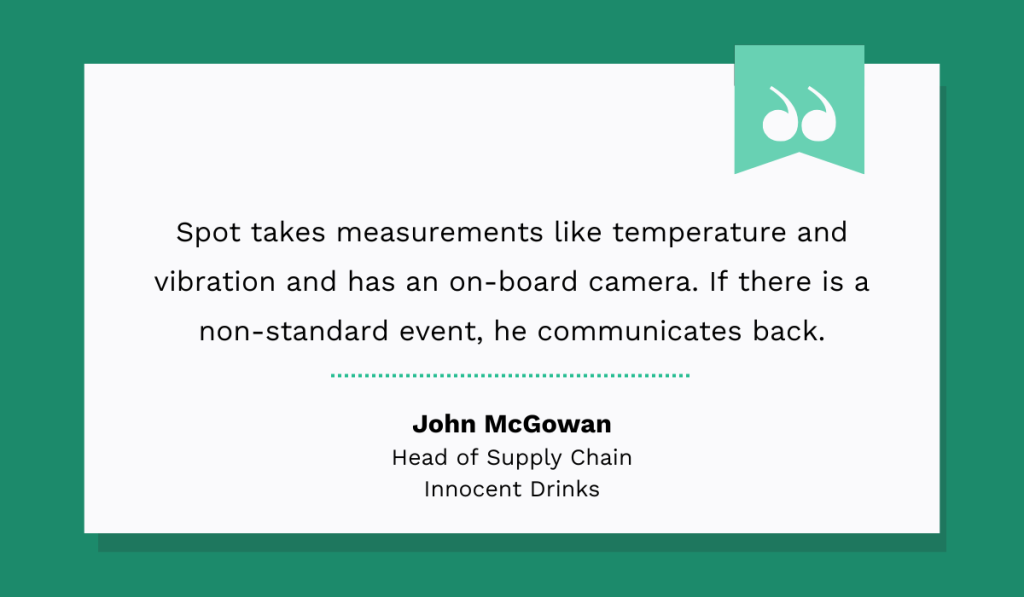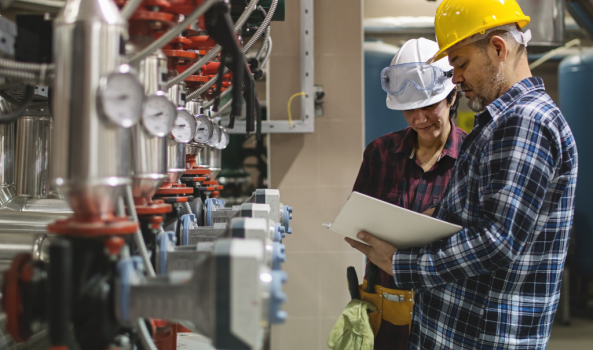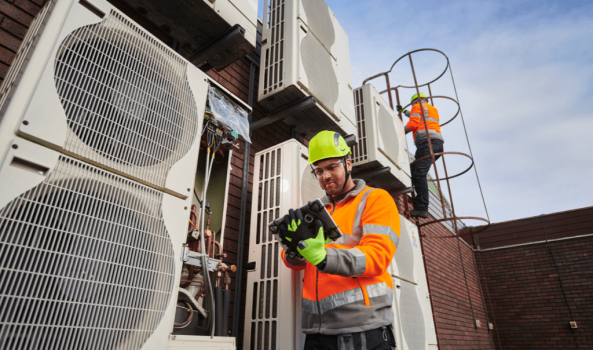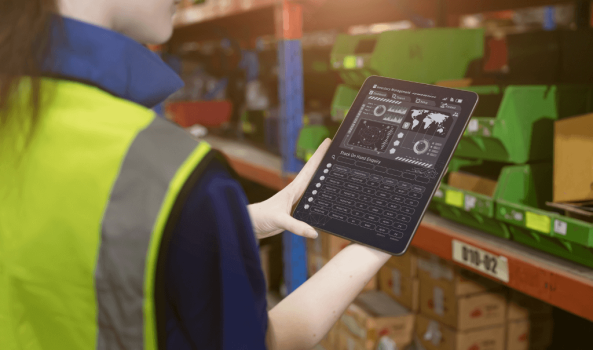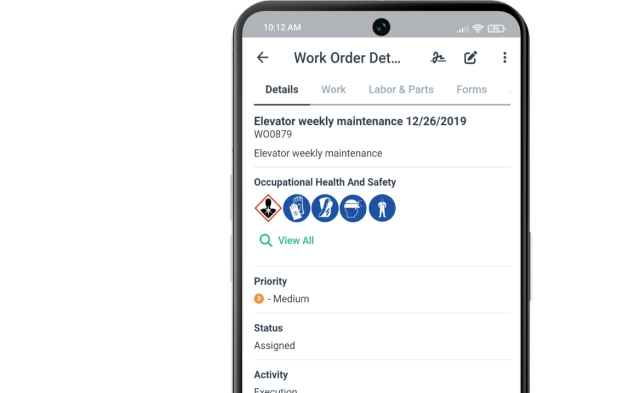Get a Free WorkTrek Demo
Let's show you how WorkTrek can help you optimize your maintenance operation.
Try for freeKey Takeaways:
- Safety incidents make it harder to hire new staff and cause experienced workers to leave.
- Non-compliance in manufacturing leads to financial penalties and reputational damage.
- Product recalls can cost anywhere between $8 million and $50 million.
Behind every efficient, safe, and sustainable manufacturing operation is one key practice: regular equipment maintenance.
Far from being just a routine chore, it’s a strategic must-have that protects your workers, bottom line, productivity, and reputation.
Want to understand why maintenance matters so much in the high-stakes world of manufacturing?
Keep reading, because we share the latest statistics, expert insights, and real-world examples to show you how much of a difference it can make.
Reduces the Risk of Major Industrial Accidents
Heavy machinery, pressurized systems, and hazardous materials. Manufacturing environments are dangerous by design.
When you add aging equipment and deferred maintenance to the equation, the risk of serious incidents rises significantly.
That’s exactly what the 2024 Vector Solutions survey revealed: 30% of industrial workers say their equipment is outdated, and 26% say it’s not properly maintained.
As a result, 43% of them experienced a safety incident at their facility within the previous year.
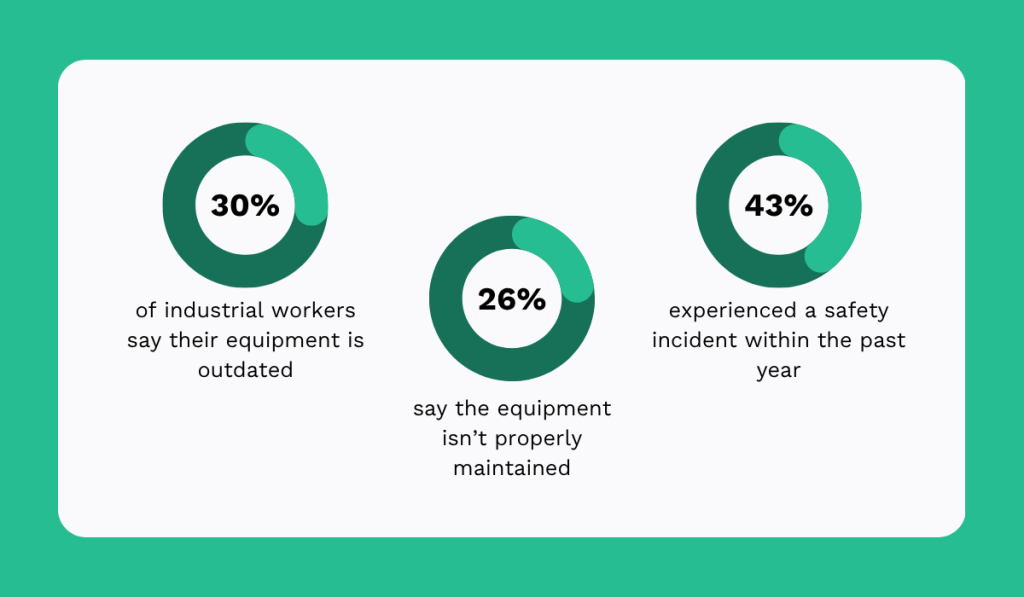
The main takeaway: manufacturing companies need to perform frequent equipment maintenance to improve workplace safety.
It can help detect early signs of mechanical or electrical failure and ensure that critical safety systems, like emergency stops and pressure relief valves, are fully functional.
In manufacturing, failure to address even the smallest issue on time can lead to some serious consequences.
Just ask Keystone Foods, a Tyson Foods subsidiary, recently fined by OSHA after two workers were severely burned in a boiler room explosion.
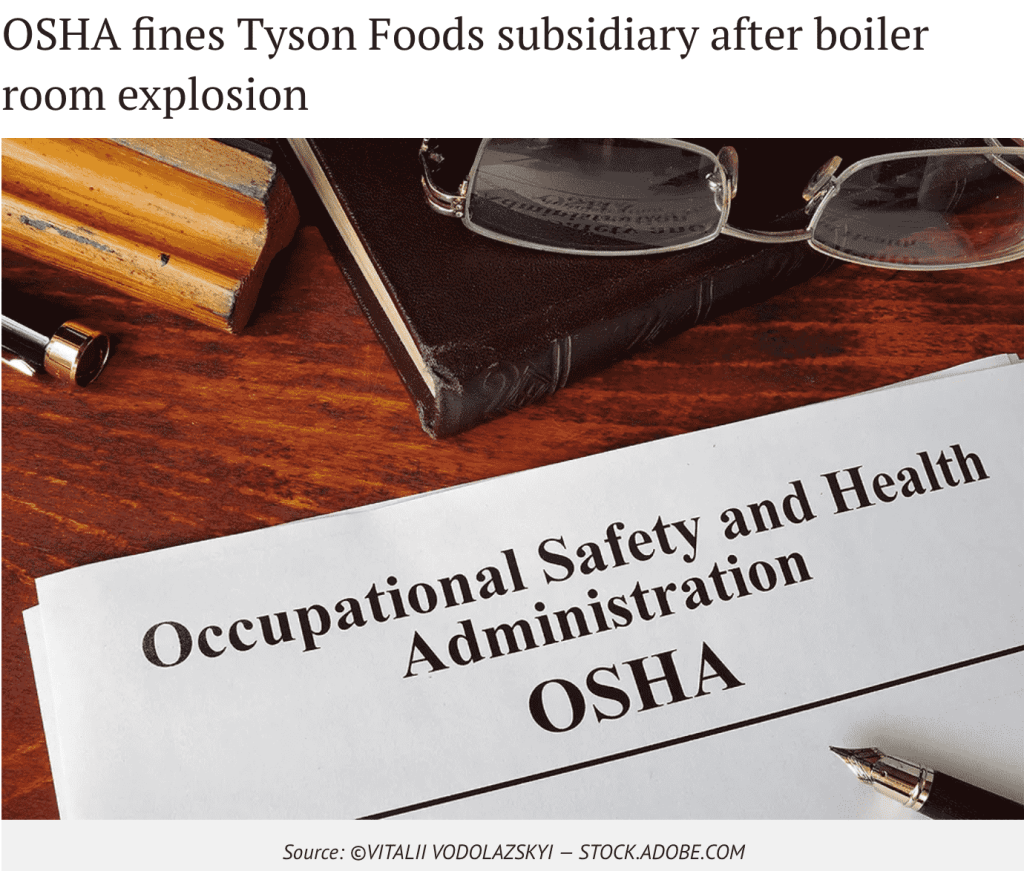
Investigators discovered that this incident occurred because maintenance was not performed according to the manufacturer’s guidelines.
It was only a matter of time before an event like this would take place.
However, the repercussions of poor safety culture go beyond legal penalties. It can also impact your reputation and overall workforce stability.
In fact, the same Vector Solutions survey we mentioned earlier found that 44% of industrial workers believe safety concerns make it harder to hire new staff.
Additionally, 57% of them say such issues cause experienced workers to leave.
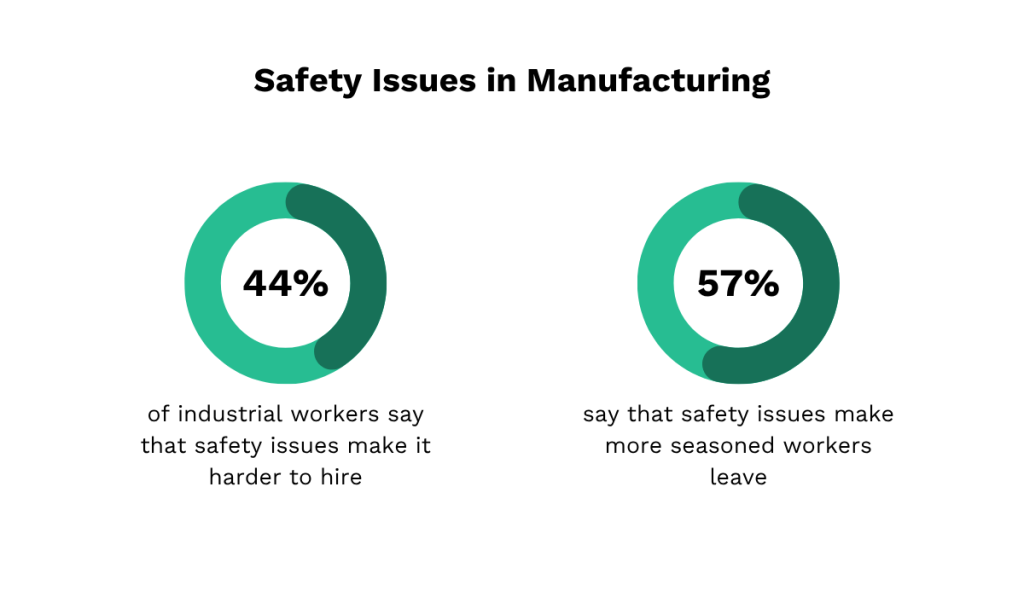
In an industry already struggling with labor shortages and a growing skills gap, you can’t afford to lose good people because they don’t feel safe.
That’s reason enough to prioritize regular maintenance.
Helps Ensure Regulatory Compliance
Manufacturers face a complex web of strict regulations covering safety, quality control, environmental protection, and operational standards.
These include compliance with OSHA, FDA, CDC, USDA, and a range of local, state, and federal laws.
On top of that, there are industry-specific standards set by auditing organizations, as well as internal company policies.
In short, maintaining compliance in the manufacturing sector is a constant battle.
The 2023 KPMG survey found that 42% of Chief Risk Officers in manufacturing identify regulatory changes and compliance issues as their top challenge over the upcoming 2–5 years.
Fortunately, regular maintenance can make this challenge more manageable.
By conducting frequent inspections and timely minor repairs, you ensure that equipment operates reliably and within legal specifications.
Additionally, consistent upkeep practices generate documentation and proof of due diligence, which are critical during audits and inspections.
Compliance gets even easier when you use a CMMS, like WorkTrek, to manage your maintenance activities.
WorkTrek automates preventive maintenance scheduling, helping prevent missed tasks.
It allows you to configure service triggers based on time or meter readings and automatically notifies the right personnel when service is due.
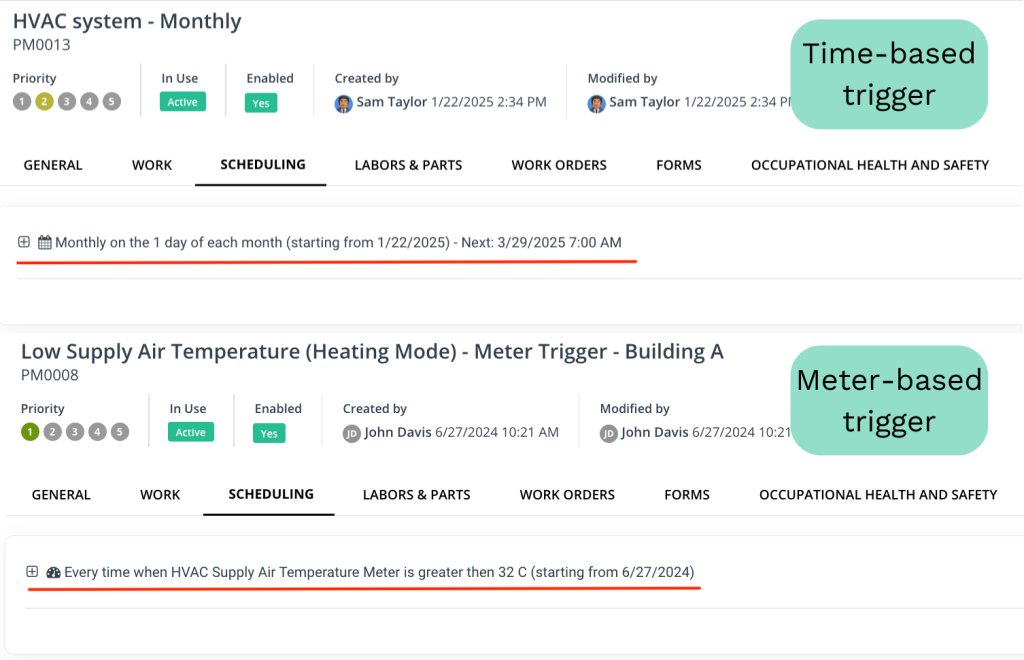
This ensures machinery is maintained at optimal intervals, which reduces the risk of failure and non-compliance.
Moreover, WorkTrek enables you to upload and share:
- Safety rules
- Reminders for potential hazards in the field
- PPE requirements
- LOTO procedures
Field workers can access these from anywhere using their phones, ensuring they always have everything they need to complete their tasks safely and efficiently.
Ultimately, WorkTrek logs an entire history of upkeep activities, calibrations, and inspection logs in one easily accessible place:
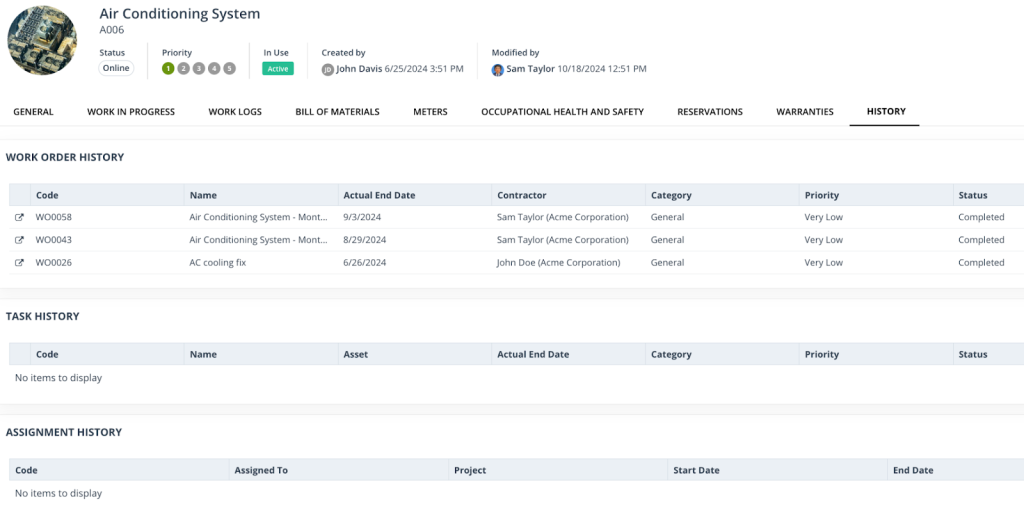
So, when an auditor shows up, you’re ready.
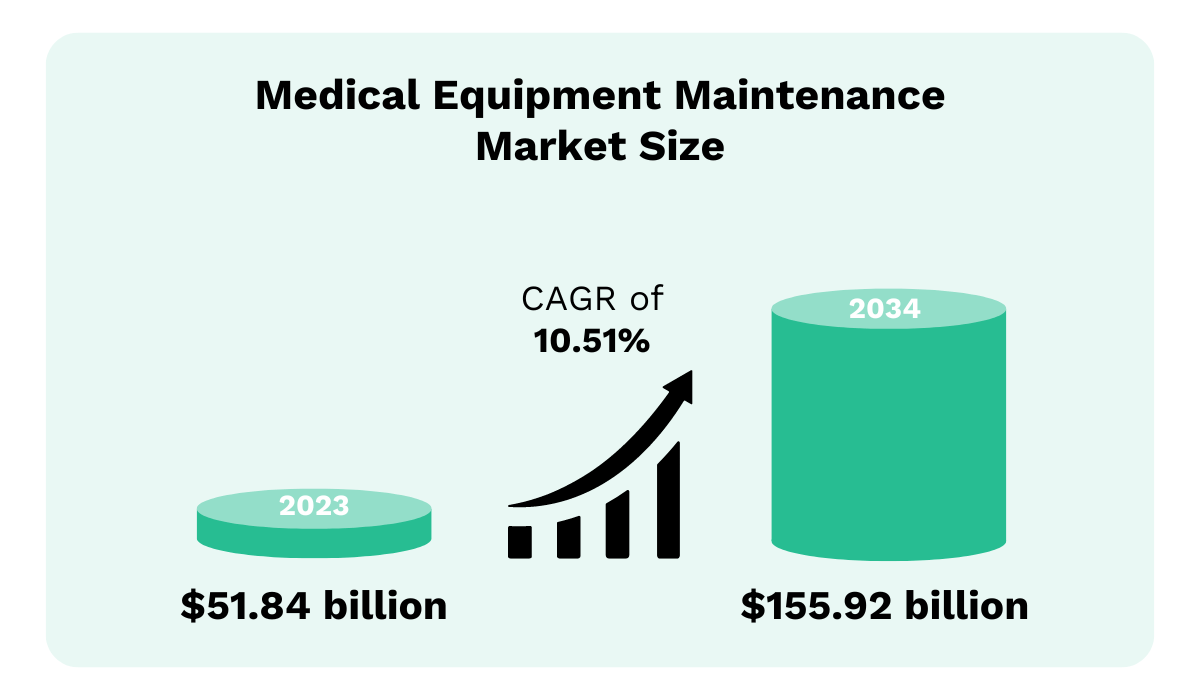
And you certainly want to be ready, considering that the cost of non-compliance can be severe.
Shawn Knowles, SVP, Director of Risk Engineering at MSIG, a commercial insurance provider, outlines the potential risks:
“[Risks] include loss of competitive advantage in the market, financial penalties […], product recalls […], loss of revenue, and legal ramifications where the manufacturer could face expensive lawsuits by not complying.”
Skipping maintenance and exposing your operation to these risks is simply not worth it.
Reduces the Production Line Downtime
Equipment breakdowns can halt an entire production line, wasting valuable time, labor, and money in the process.
Fortunately, proactive maintenance can prevent these disruptions by identifying signs of wear before failures occur, which will help you maintain consistent schedules and meet delivery deadlines.
This is a big win, considering the actual cost of downtime.
According to the 2022 ABB survey, plant outages cost industrial businesses an average of $125,000 per hour.
The only way to rein in these massive expenses is by prioritizing regular, preventive upkeep.
At Ford, they know this very well.
In 2020, Ford implemented proactive maintenance across its manufacturing plants, ultimately saving more than €1 million in unplanned downtime.
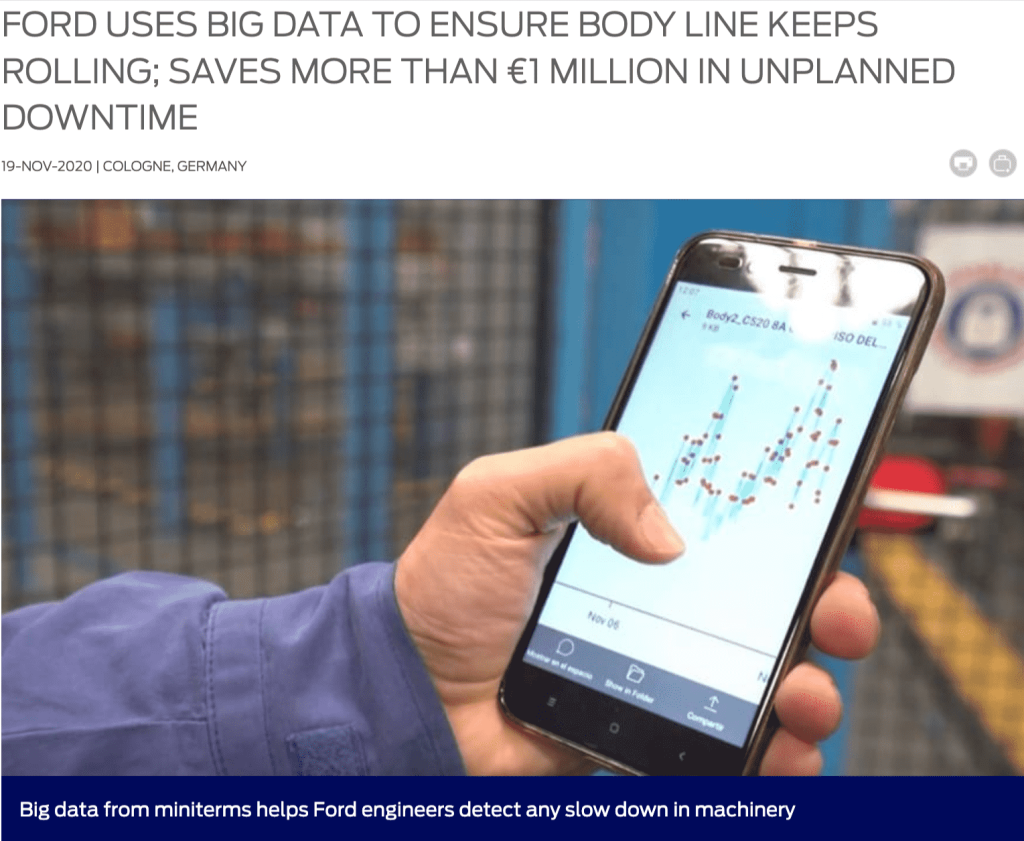
At their Body and Stamping Plant in Valencia, Manufacturing Manager Eduardo Garcia Magraner noticed that machines often slow down before they fail.
To address this, he installed performance-monitoring sensors directly on machinery.
These sensors track asset efficiency in real time and send alerts to engineers’ phones, warning them when performance drops.
Magraner explained why this matters:
As a result, their operations now experience significantly less downtime, saving them time and money.
This is why frequent maintenance and inspections matter.
They are your first line of defense against disruptions, enabling you to get ahead of potential problems and keep your operations running smoothly.
Helps Maintain Product Quality
In manufacturing, product quality is directly tied to the performance and precision of your machinery.
This is where equipment maintenance plays a major role, keeping machines properly calibrated, ensuring consistent operation, and helping prevent batch-to-batch inconsistencies.
It also reduces the risk of product contamination, which is particularly important in highly regulated industries like food and pharmaceuticals.
Unfortunately, Novo Nordisk, the company behind the popular weight-loss drug Wegovy and the type 2 diabetes medication Ozempic, learned this the hard way.
In May 2022, the FDA flagged serious lapses at its main U.S. manufacturing facility, with one of the major issues being the failure to clean equipment at appropriate intervals.
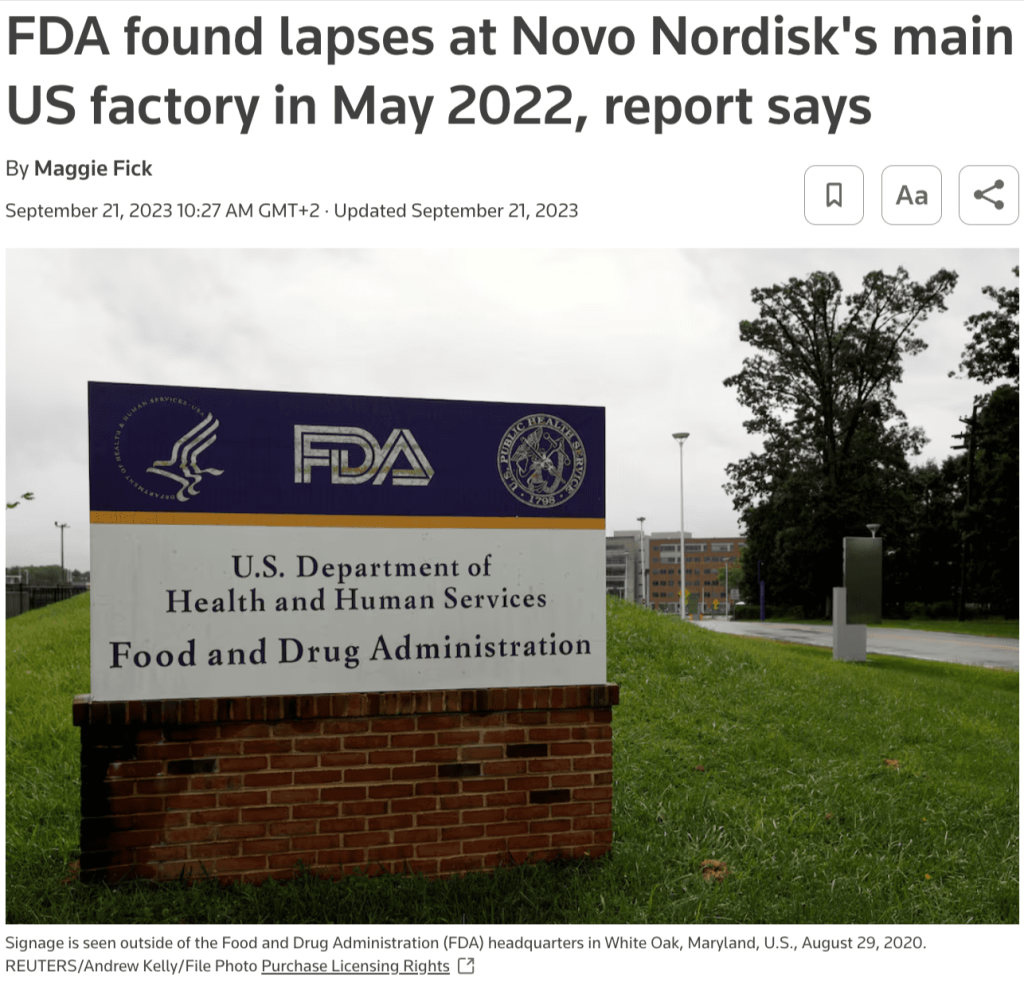
Ultimately, this allowed microorganisms to build up on machinery used in continuous production, bringing the product quality into question.
Despite the severity of the findings, Novo Nordisk saw minimal impact on production and financial performance.
However, it could have been much worse.
Poor asset maintenance can easily lead to product recalls, which are both financially and reputationally damaging.
In 2024, Hexagon surveyed senior quality professionals and manufacturing leaders to understand the true cost of recalls.
The findings were shocking, showing that product recalls can cost anywhere between $8 million and $50 million.
However, the damage isn’t just financial.
Respondents also reported they experienced reputational damage, delayed product launches, increased remediation expenses, and much more.
As a manufacturer, your reputation hinges on the quality of your product.
Don’t put that at risk, especially over something as preventable as poor equipment upkeep.
Prolongs Equipment Lifespan
It’s no secret that manufacturing equipment, like CNC machines, robotics, or conveyor systems, represents a significant investment.
If you want to maximize the return on that investment, you’ll look for ways to extend the useful life of your assets.

The most effective way to do that is through frequent inspections, cleaning, lubrication, and alignment.
The ABB survey we referenced earlier backs this up, revealing that 39% of companies identify extended equipment lifespan as the top benefit of regular maintenance.
Take conveyor systems, for example, an indispensable part of most manufacturing operations.
They can range from a few thousand dollars for basic setups to millions for complex, automated solutions.
Either way, that’s not a small spend and, with a bit of proactive maintenance, you can keep these assets running smoothly for much longer.
AJ van Eyssen, National Field Service Manager at Tru-Trac, a company specializing in conveyor system audits, explains why frequent and thorough inspections matter:
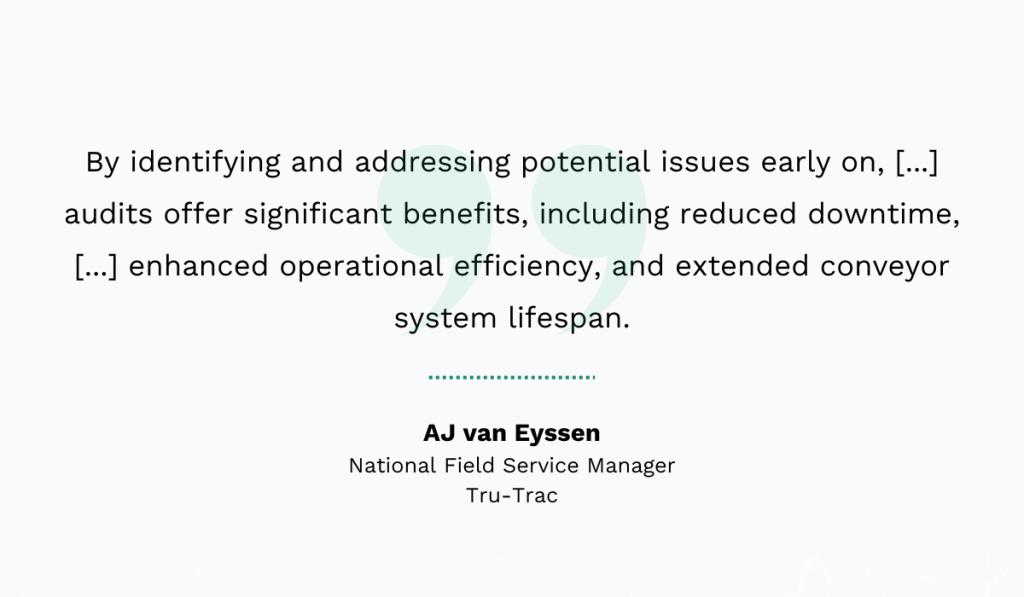
In one recent case, Eyssen’s team was called in to audit a conveyor system that had been breaking down every two weeks.
After a detailed inspection, they recommended changes to the impact beds, chutes, and conveyor skating to better align with the operation’s evolving needs.
According to Eyssen:
“This has successfully addressed the client’s pain points, with the conveyor system having to date gone for six months without any issues.”
That’s a big win that translates to fewer repairs, longer useful life, and more value from your equipment.
It all comes down to taking a proactive approach to maintenance. A little attention now can save a lot of time and money down the line.
Supports Environmental Responsibility
Manufacturing has a significant environmental footprint, and maintenance plays a crucial role in reducing it.
It does so in multiple ways:
It minimizes emissions from machinery, keeps energy-intensive systems like HVAC operating efficiently, and ensures the safe handling of waste materials such as lubricants and solvents.
Stuart Thompson, President of ABB Electrification Service, shares another way maintenance can support your sustainability efforts:
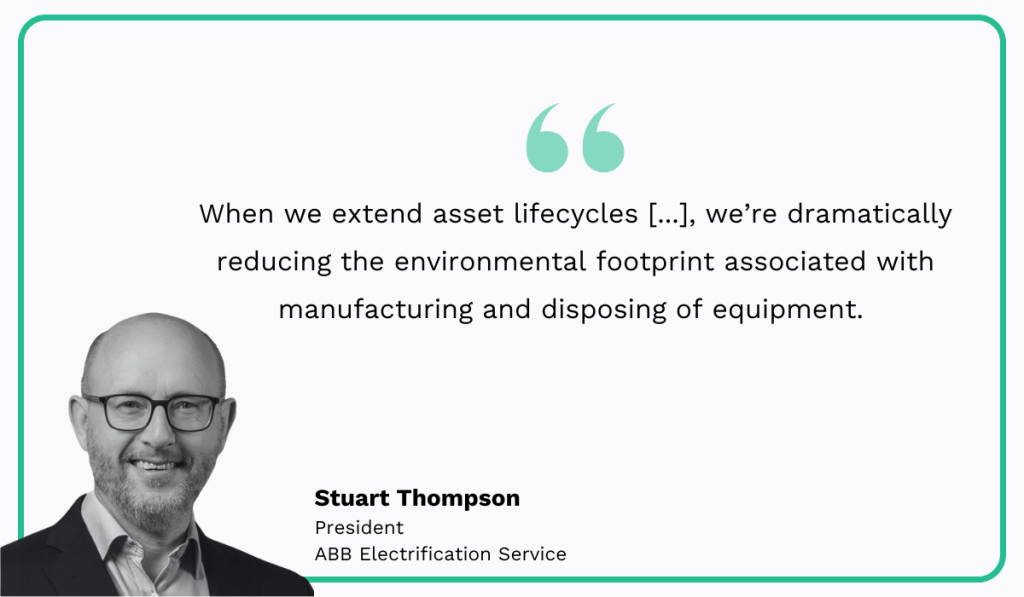
The eco-friendly potential that maintenance has shouldn’t be ignored, especially as manufacturers face increasing pressure from customers, investors, and communities to go green.
In fact, the 2023 Fictiv survey found that 87% of industry leaders believe the importance of sustainable manufacturing is increasing.
Forward-thinking companies are taking this seriously.
Take, for instance, The Blender, a factory operated by British juice and smoothie brand Innocent Drinks.
They deploy a range of innovative maintenance strategies to meet their ambitious sustainability goals.
One example is their use of the robot dog Spot, which monitors asset conditions in real-time.
John McGowan, Head of Supply Chain at Innocent, explains:
This helps them catch issues early, extend the life of their equipment, and reduce unnecessary repairs, saving resources and cutting carbon output.
Another great example is their pipe cleaning process.
Traditional pipe cleaning in factories uses large volumes of water, but Innocent uses Fluivac, a specialized cleaning system that uses air to blast juice residue from equipment.
This helps them reduce water usage by 50%.
The lesson here is clear: regular maintenance is a powerful way to keep assets in peak condition and support greener operations.
And it is bound to have an even bigger role in building a more responsible manufacturing future going forward.
Conclusion
In the industry where safety, compliance, efficiency, and sustainability all intersect on the factory floor, regular maintenance is what keeps everything together and working smoothly.
It’s how you prevent disasters, maintain product quality, and keep meeting your customers’ expectations.
So, don’t wait for something to go wrong in order to fix it.
Instead, invest in maintenance like your future depends on it—because it does.




